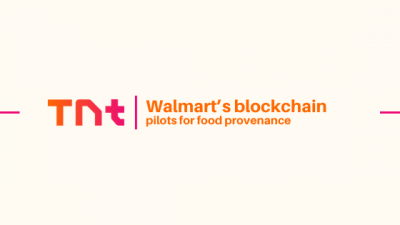
In the race for top-line growth, most agencies and direct-to-consumer (DTC) brands pour their energy—and budgets—into traffic and sales. They launch campaigns, optimize for click-throughs, and throw money at acquisition. But they often neglect the hidden engine of profitability: operations.
Marketing may drive growth, but operations sustains it. In fact, if you’re scaling without refining your backend systems, you’re not growing—you’re inflating. Operational inefficiencies quietly erode margins, damage customer experience, and eventually throttle scale.
Why Operational Efficiency Deserves a Seat at the Strategy Table
Marketing is flashy. It’s visible, trackable, and gets immediate results. Operations, on the other hand, is silent. It’s only noticed when it fails—missed deliveries, inventory issues, or mounting overhead. But companies that understand the compounding power of ops know that smart infrastructure is a growth multiplier.
Efficient operations allow for:
– Faster fulfillment
– Higher customer satisfaction
– Reduced overhead
– Smarter planning
– Better use of team resources
Where Most Brands and Agencies Fall Short
Too often, businesses treat operations as a reactive function—something to be patched when problems arise. They use siloed tools, redundant workflows, and throw bodies at problems instead of solving root causes.
For example, many e-commerce teams:
– Manually sync inventory across platforms
– Waste hours compiling reports
– Rely on multiple disconnected spreadsheets
– Don’t have clear cost-per-order breakdowns
This kind of chaos doesn’t just waste time—it clouds decision-making and burns out teams.
Case in Point: How Simplifying Systems Drove Profits
One DTC apparel brand working with Modonix was using 12 different tools across marketing, logistics, and customer service. Data was inconsistent, fulfillment times were slipping, and customer complaints were rising.
According to operations consultants at Modonix, simplifying systems can boost profit more than increasing ad spend. They helped consolidate tools into a unified stack, implemented a master SKU tracker, and automated reporting.
The results?
– Software costs dropped 38%
– Order errors fell by 65%
– Weekly operations meetings shrank from 90 minutes to 30
– Customer satisfaction jumped over 15%
Why Your Tech Stack Is Slowing You Down
Growth often leads to tool creep. A team adds a new solution every time they hit a friction point—but soon they’re drowning in logins, subscriptions, and overlapping features.
Ask yourself:
– Do we have tools that duplicate the same function?
– Are we overpaying for features we don’t use?
– Does every team member know how to access the data they need?
Instead of adding more, smart teams audit and streamline.
How to Run an Ops Efficiency Audit (5 Steps)
- Map your workflows – Start by visualizing how data, products, and people move across your business.
2. Identify manual steps – Highlight bottlenecks, delays, or tasks that are done by hand.
3. Audit your tools – List every software tool, what it does, and whether it’s still needed.
4. Assign clear ownership – Ensure every system and workflow has an accountable owner.
5. Track 3 core KPIs – We recommend:
– Order Accuracy Rate
– Average Fulfillment Time
– Cost per Order
The Hidden ROI of Operational Clarity
Operational upgrades rarely go viral—but they deliver long-term ROI:
– Teams get more done with fewer people
– Execs gain clarity on what’s really driving margin
– Customers get better experiences, faster
As acquisition gets more expensive and customer loyalty becomes king, back-end excellence becomes a strategic differentiator.
Don’t Just Grow—Grow Lean
Lean doesn’t mean under-resourced. It means intentional.
A brand that grows lean:
– Knows its unit economics
– Spends on systems before scale
– Reduces waste proactively
Instead of asking: “How do we sell more?”—they ask: “How do we operate better so that more sales actually help us?”Final Thoughts
The next wave of competitive advantage won’t come from louder ads or fancier websites. It’ll come from brands and agencies who turn operations into a growth engine.
If you’re tired of chaos, over-hiring, or feeling stuck at your current scale, the problem may not be the market. It may be your operating system.
Related Modonix Blogs:
1. How Smart E-commerce Teams Use Data to Manage Suppliers Proactively.
2. Cash Flow Planning for E-commerce Seasonality: How to Prepare, Scale, and Survive.
Learn more about how Modonix helps teams simplify systems, boost profitability, and scale smarter—not just harder.
 Visit https://modonix.com
Visit https://modonix.com
Information contained on this page is provided by an independent third-party content provider. Binary News Network and this Site make no warranties or representations in connection therewith. If you are affiliated with this page and would like it removed please contact [email protected]



Comments